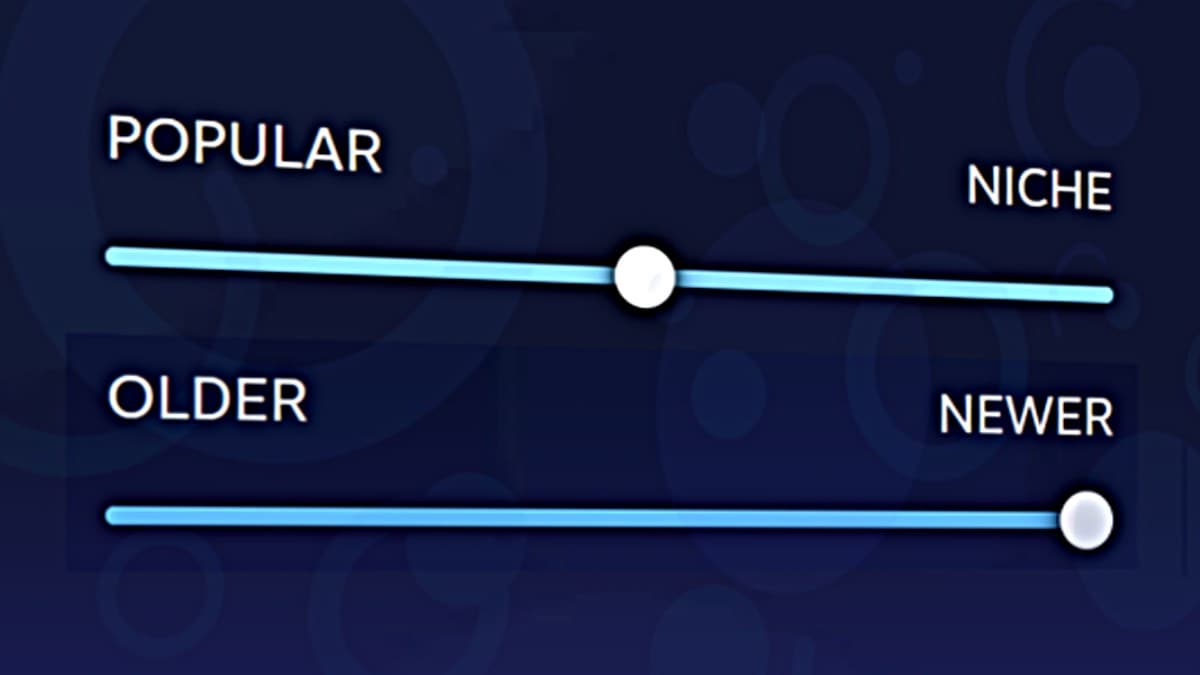Steam has unveiled a new experimental feature called Interactive Recommender, which as the name clearly suggests, is an alternative recommendation system that is focused more on the interactive side of game discovery. Interactive, how so? Well, Steam’s Interactive Recommender won’t solely rely on tags and reviews to suggest games. Instead, the machine learning-based system will take into account the playing habits of the user and other players as well, and will then suggest games that are in the library of other players to narrow down the choices. A key objective of Interactive Recommender is to shed some spotlight on relatively lesser-known games and indie titles.
Interactive Recommender is one of the three experimental Steam Labs projects right now, and is targeted at players who want to discover new games that often get lost in Steam’s massive library in the face of more mainstream and popular titles. Or to put it simply, hidden gems. Interactive Recommender is based on a neural network and employs machine learning to “give players personalized recommendations based on their own individual play patterns”.
One of the key highlights of the Interactive Recommender is that it allows players to narrow down the release window of games they are looking for, and also lets them prefer games of higher or underlying popularity. Or in simple words, let them choose between games that have achieved mainstream success or check out titles that are better suited to their taste and playing habits but couldn’t achieve wider recognition.

The Interactive Recommender will let players find games that are up to a decade old.
If you have ever ventured into the world of game discovery on Steam, you are more likely to come across titles of the same genre with a larger player base or popularity. With Interactive Recommender, you have a higher chance of discovering relatively lesser known games that will suit your taste as well as playing habits. This is made possible by the machine learning model that analyses traits like average playtime, genre preferences, as well as choices of fellow players.
For example, if you play a game X, and there are other players who also enjoy the same game but have other titles in their library too. These ‘other games’ will be picked up by the Interactive Recommender and they will make their way to your interactive games recommendations if they fall in the same genre or fulfil the parameters that you are looking for in a game after analysing your playtime and other habits. You can learn more about Steam’s Interactive Recommender in the official blog post.
As mentioned above, Interactive Recommender won’t rely on tags and reviews to suggest games, in order to make sure that such “extrinsic data” does not affect the catalogue pulled up by the system. However, Steam’s experimental feature will still allow players to shorten the Interactive Recommender suggestions based on tags.
It must be noted that the model won’t recommend games that don’t have players yet, because there is no interactive data on them. Steam further makes it clear that Interactive Recommender is just an alternative to the existing game discovery algorithm and is not meant to be a replacement because both of them are targeted at a different class of gamers.
